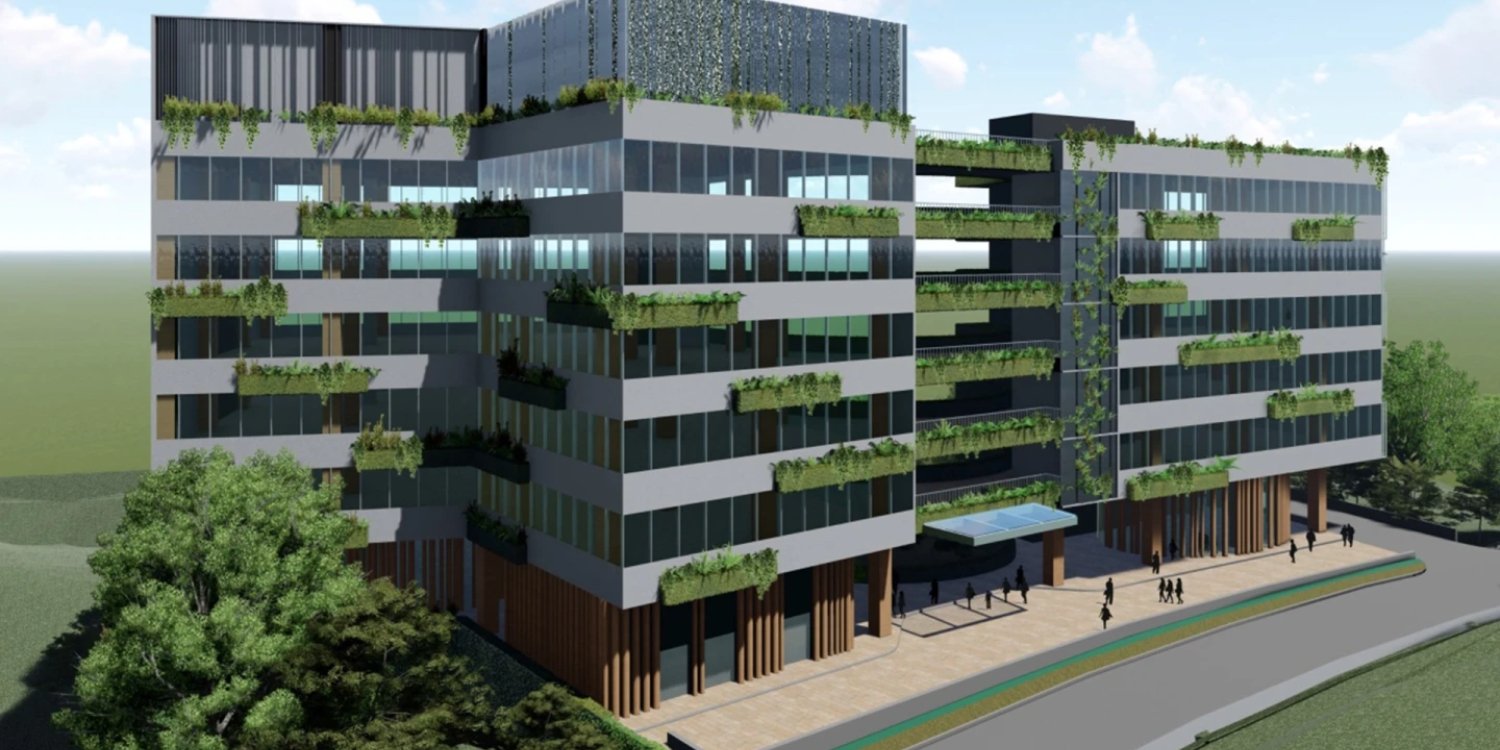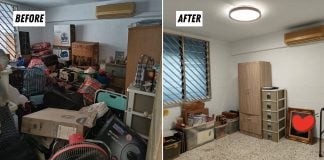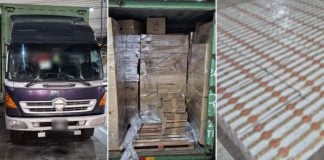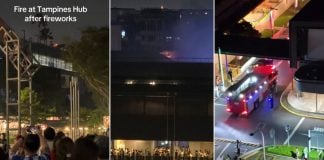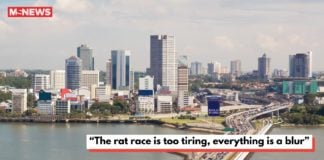NUS research building facility will study nuclear power safety for potential future adoption
A new research building housing the Singapore Nuclear Research and Safety Initiative (SNRSI) will be built at the National University of Singapore (NUS) to study nuclear power.
According to Professor Chung Keng Yeow, director of the Singapore Nuclear Research and Safety Initiative who spoke to The Straits Times (ST), there is a need to study nuclear safety thoroughly before Singapore can decide whether to adopt nuclear energy.
The institute will hold around 100 researchers.
Ministers have said previously that Singapore still needs to build capabilities to understand advanced nuclear energy technologies. The facility will thus help to accomplish that.
New NUS facility dedicated to studying nuclear power safety
Although the SNRSI has existed since 2014, it has not had a dedicated building yet.
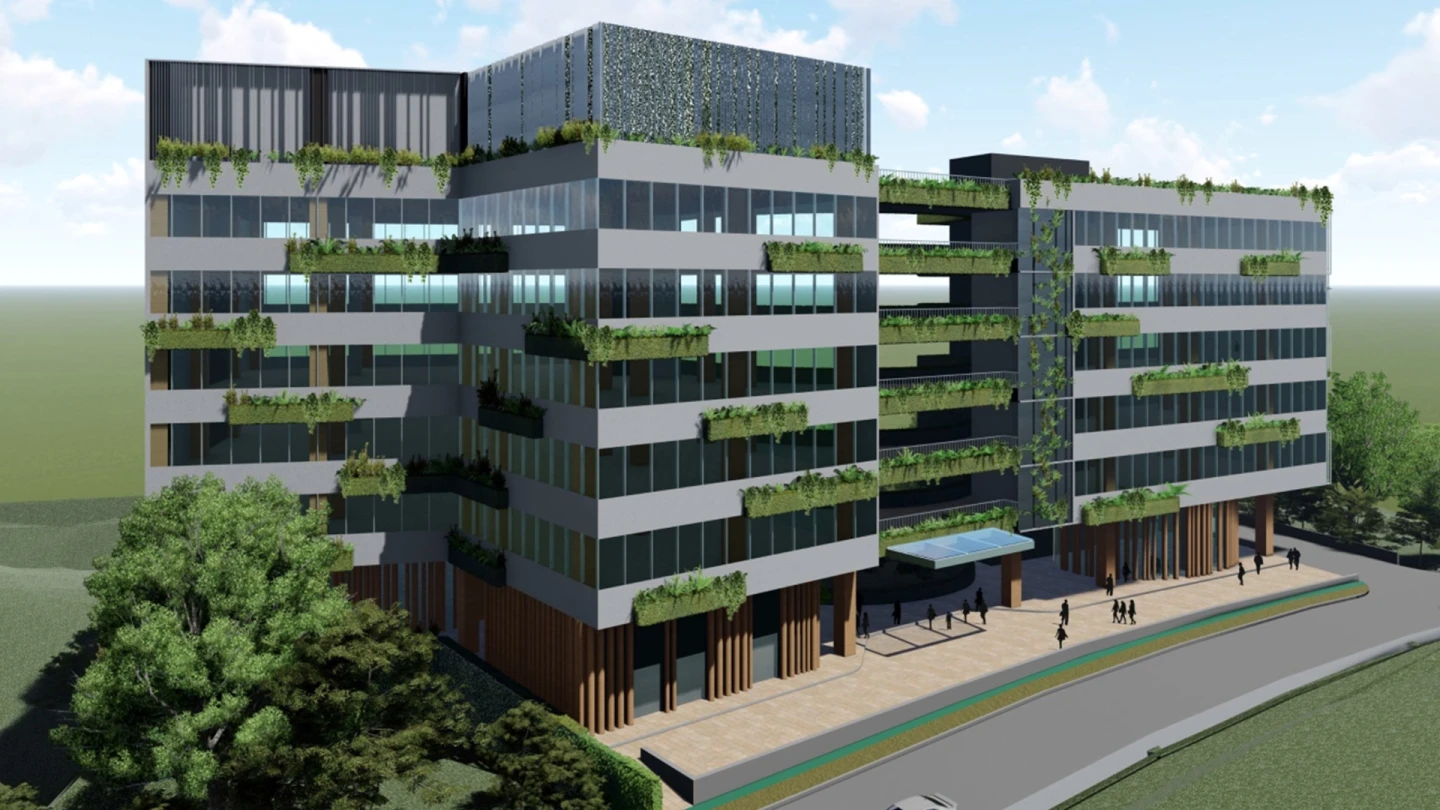
Source: TYLin
The ST report did not mention the building’s cost or when construction will be completed.
However, engineering firm TYLin stated that the SNRSI building will be located along Prince George’s Park, with a site area of 5,100 square metres and a gross floor area of 13,200 square metres.
According to the SNRSI website, the research arm aims to do the following:
- Attract, develop and sustain a community of nuclear experts through scholarships, training, undergraduate education programmes and research
- Host research laboratories, technical support and research capabilities in safety analysis, radiobiology and radiochemistry
- Develop relationships and collaborations with regional and international counterparts
Prof Chung emphasised the need to have enough local talent and manpower, as well as “an in-depth understanding” of nuclear safety.
SNRSI will also hold talks to educate members of the public on nuclear safety.
Need for more capabilities to study nuclear energy
The study of nuclear energy is with the hope of finding a means of providing green energy for the future.
Small modular reactors can prove to be safer than traditional power plants, such as the one in Fukushima in Japan.
In 2011, an earthquake and a tsunami knocked out the plant’s emergency generators that were necessary to cool the reactor, Prof Chung said. This resulted in a nuclear meltdown.
However, the design of newer plants is such that they can be cooled without the use of electricity, he noted.
The institute also monitors upcoming nuclear technologies and studies the ones that are closest to being commercialised. Thereafter, it can look at viable options for Singapore.
In October last year, Minister for Trade and Industry Gan Kim Yong said that the Government had not decided on whether to use nuclear energy yet.
He said in his opening speech at the Singapore Energy Lecture in Oct 2023:
We need to build capabilities to understand advanced nuclear energy technologies that are becoming safer and have the potential to be cost competitive, this way we can study the options seriously when these newer technologies become viable.
In a written reply in 2022 to questions about Singapore’s adoption of nuclear energy, Manpower Minister Tan See Leng said: “Any decision to deploy new energy technologies will need to be considered against the technology’s safety and reliability, affordability and environmental sustainability.”
Have news you must share? Get in touch with us via email at news@mustsharenews.com.
Featured image adapted from TYLin.
